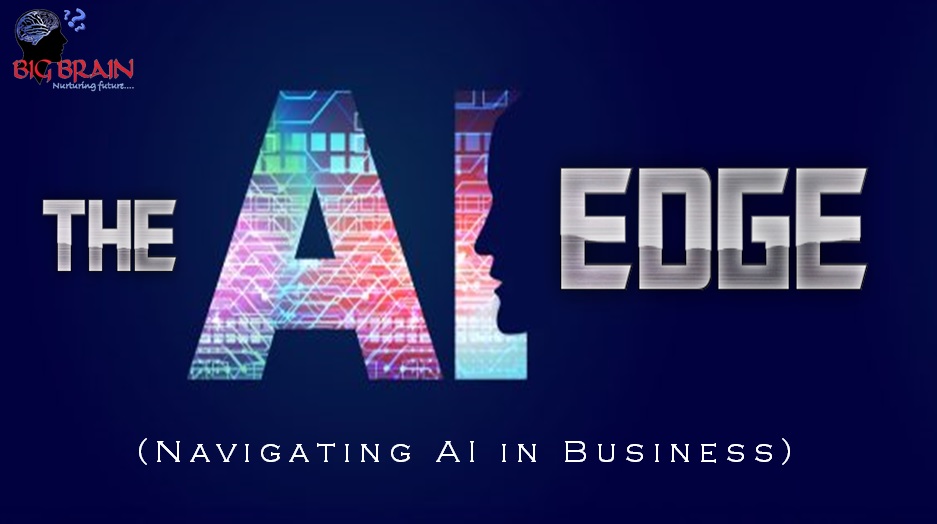AI skills training focuses on equipping employees and professionals with the knowledge and capabilities to effectively implement, manage, and leverage artificial intelligence (AI) technologies. Given the rapid evolution and diverse applications of AI, these training programs cover foundational concepts, technical skills, ethical considerations, and practical applications. Here’s a comprehensive outline of the core areas involved in AI skills training:
- Foundations of Artificial Intelligence
- Understanding AI Basics: Trainees gain a basic understanding of AI, machine learning (ML), and deep learning (DL). This includes learning how AI systems work, key concepts like supervised and unsupervised learning, and the differences between narrow AI (task-specific) and general AI (generalized learning capabilities).
- AI in Business Contexts: This covers how AI can be applied across various industries to improve operational efficiency, automate processes, and enhance customer experiences. Case studies are often used to showcase real-world AI applications in healthcare, finance, marketing, and logistics.
- Machine Learning (ML) and Deep Learning (DL)
- ML Algorithms and Techniques: Trainees dive deeper into popular ML algorithms, including linear regression, decision trees, clustering, and support vector machines. They learn when and how to apply these models to data for predictive insights.
- Neural Networks and DL Frameworks: For those specializing in deep learning, training covers neural network architectures like convolutional and recurrent neural networks (CNNs and RNNs). Learning about popular DL frameworks, such as TensorFlow and PyTorch, helps build practical expertise.
- Data Science and Data Engineering Skills
- Data Collection and Cleaning: Skills in preparing data for AI applications are essential, covering data collection, cleaning, and preprocessing techniques. Understanding how to handle missing data and outliers is crucial for robust model performance.
- Feature Engineering and Model Optimization: Feature engineering (creating variables that best represent the underlying problem) and hyperparameter tuning are necessary for optimizing AI models.
- Data Visualization: Effective visualization is key to interpreting AI results and making data-driven decisions. Tools like Tableau, Power BI, and Python libraries (e.g., Matplotlib, Seaborn) are often part of this training.
- Generative AI Skills
- Prompt Engineering and Application: As generative AI models like ChatGPT become more prevalent, prompt engineering (crafting inputs for optimal model responses) is a valuable skill. This includes learning techniques to refine model outputs and ensure accuracy.
- Content Creation and Automation: AI-driven content creation is valuable in marketing, customer service, and operational automation. Employees learn to use generative AI for tasks such as automating report generation, creating marketing materials, and developing chatbots.
- Natural Language Processing (NLP) and Computer Vision
- NLP Techniques: NLP skills are critical for applications that involve text and language processing, such as sentiment analysis, chatbots, and voice recognition. Training includes tokenization, named entity recognition (NER), and language translation.
- Computer Vision: In fields like manufacturing and retail, computer vision is used for quality control, facial recognition, and object detection. Skills include working with images, building image classification models, and implementing video analysis.
- Ethics, Bias, and Responsible AI
- Ethical AI Development: Addressing the ethical implications of AI is crucial for responsible deployment. Topics include understanding biases in data and algorithms, building transparency, and preventing AI misuse.
- Fairness and Bias Mitigation: Employees are trained to recognize and mitigate bias in AI systems to promote fairness. Techniques include ensuring balanced data representation and validating model fairness across demographics.
- AI Governance and Compliance: Employees learn about data privacy regulations, such as GDPR, and the importance of compliance in AI deployment. This includes how to document AI decisions to ensure accountability and transparency.
- Advanced AI Tools and Automation
- Robotic Process Automation (RPA): RPA training focuses on automating repetitive, rule-based tasks through software tools like UiPath and Automation Anywhere. These skills are especially useful in industries like finance and customer service, where RPA can improve efficiency.
- AI in Customer Relationship Management (CRM): CRM systems like Salesforce now incorporate AI features for predictive analytics, customer insights, and targeted marketing. Training on CRM and AI integration is vital for roles in customer service and marketing.
- Practical Implementation and Project-Based Learning
- Building AI Solutions: A key part of AI skills training involves practical projects where employees build AI models and solutions relevant to their industry. This hands-on learning is essential for solidifying theoretical knowledge and understanding practical limitations.
- Collaborative Projects and Simulation: Teams may work on simulations or real-world projects where they address industry-specific AI challenges. This collaboration also helps employees develop cross-functional teamwork skills as they implement AI models into actual business process.
By covering these areas, AI skills training prepares employees to implement and manage AI systems responsibly and effectively. This training empowers them with both the technical abilities and ethical perspectives needed for a future-ready workforce that leverages AI for innovation and improved decision-making.
Methodology
We use a “learning by doing” training methodology to support behavior change through highly interactive training. Using our customized cases and exercises, we ensure that participants apply the skills and strategies learned and receive intensive coaching and feedback. We utilize role plays, drills, in-the-action feedback, and other application techniques. We supplement learning by doing with some other teaching strategies, including small group discussion, drills, flip chart development to capture participant opinions and ideas, and limited PowerPoint slides. For Train-the-Trainer workshops, we not only provide Leader’s Guides, but we also provide in-depth Leader Notes for every case and exercise that provide additional insights and best practices.
Thanks & regards
Team – BIG BRAIN

